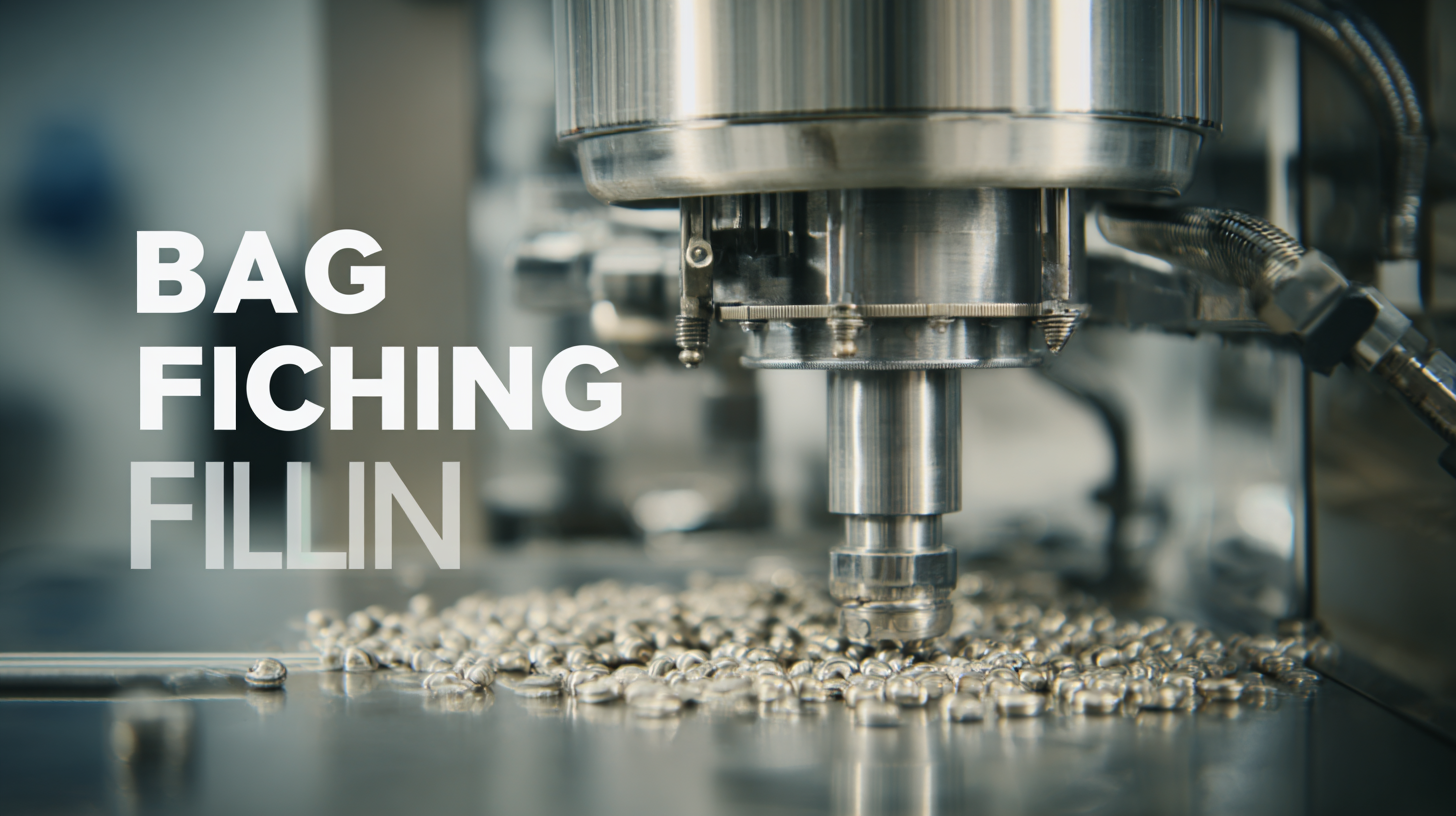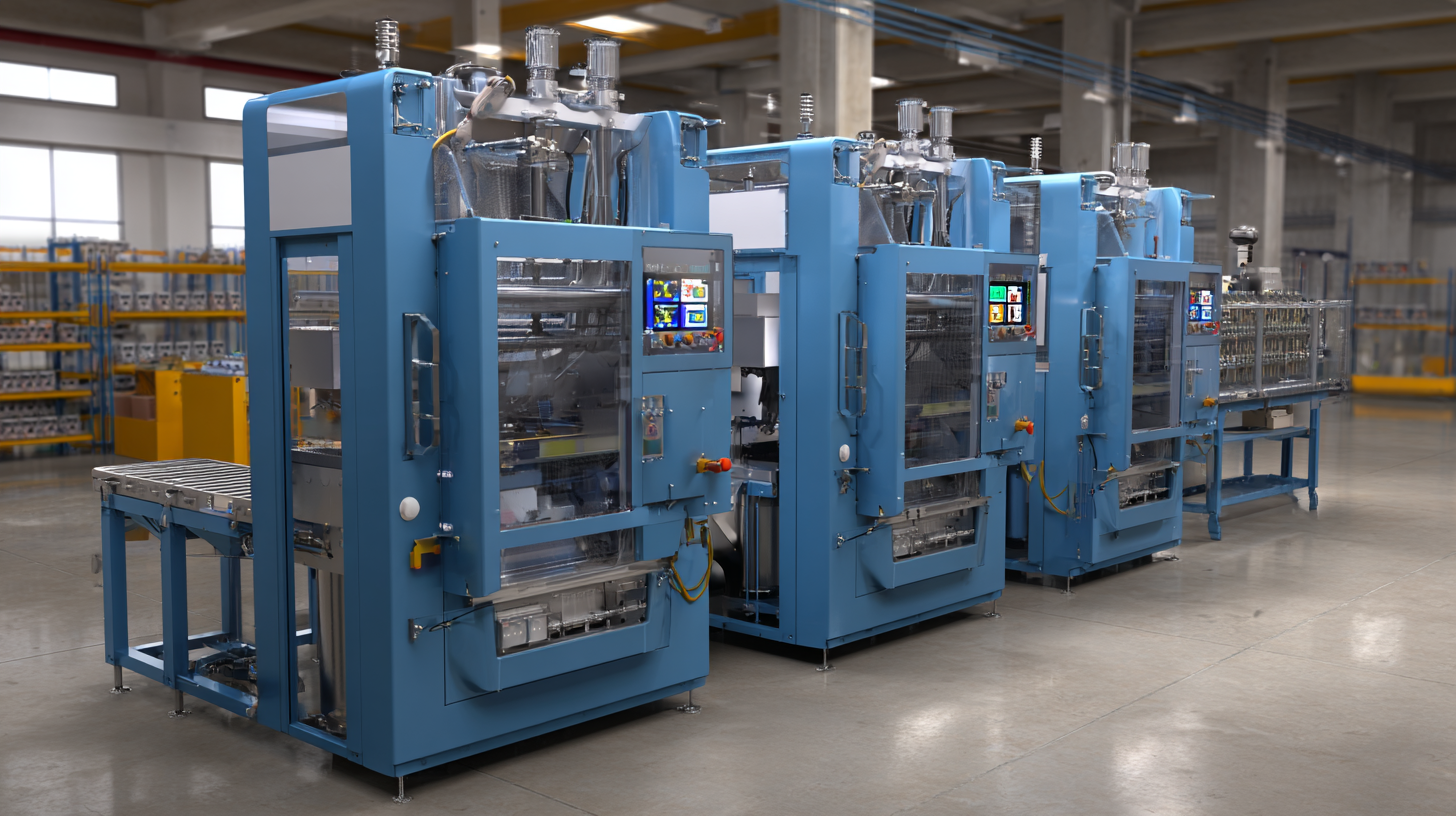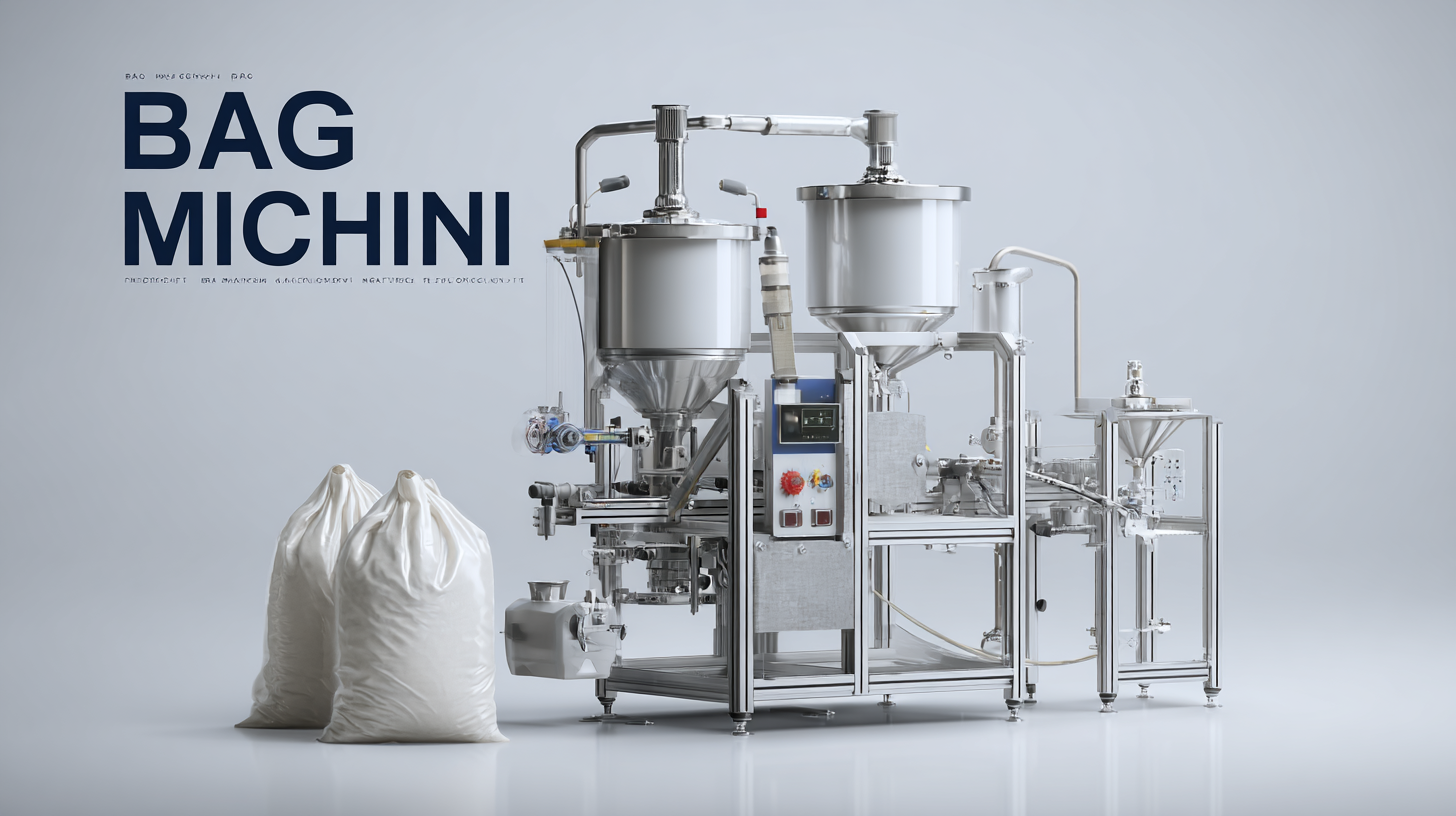Top Strategies for Choosing the Best Bag Filling Machine for Your Business
In today's competitive market, selecting the right bag filling machine is crucial for enhancing operational efficiency and meeting production demands. The global bag filling equipment market is projected to reach $5.7 billion by 2026, growing at a CAGR of 5.3% from 2021 to 2026, according to a Market Research Report. This growth underscores the increasing reliance on automated solutions for packaging processes across various industries, including food and beverage, pharmaceuticals, and chemicals. As businesses aim to improve their productivity while maintaining product quality, understanding the essential factors in choosing a bag filling machine becomes imperative. By evaluating critical aspects such as machine type, filling accuracy, automation level, and versatility, businesses can make informed decisions that align with their operational goals and market trends.

Understanding Different Types of Bag Filling Machines and Their Applications
 When it comes to selecting the right bag filling machine for your business, understanding the various types available is crucial. Bag filling machines can be broadly categorized into manual, semi-automatic, and automatic systems. According to a recent market analysis by ResearchAndMarkets, the global bag filling machine market is projected to grow at a CAGR of over 4% through 2026, reflecting increasing demand across several industries, including food packaging, chemicals, and pharmaceuticals. Each type offers unique advantages: manual machines are cost-effective for small-scale operations, while automatic systems enhance efficiency and are well-suited for high-volume production lines.
When it comes to selecting the right bag filling machine for your business, understanding the various types available is crucial. Bag filling machines can be broadly categorized into manual, semi-automatic, and automatic systems. According to a recent market analysis by ResearchAndMarkets, the global bag filling machine market is projected to grow at a CAGR of over 4% through 2026, reflecting increasing demand across several industries, including food packaging, chemicals, and pharmaceuticals. Each type offers unique advantages: manual machines are cost-effective for small-scale operations, while automatic systems enhance efficiency and are well-suited for high-volume production lines.
Different bag filling machines also cater to specific applications, such as granules, powders, and liquids. For instance, weigh filling machines are commonly used for dry products, utilizing load cells for precision, whereas liquid filling machines are designed with advanced features to handle viscosity variations. A report by Grand View Research highlights that liquid filling systems are expected to dominate the market, driven by their applications in beverage and personal care industries. Choosing the right type of machine not only enhances productivity but also ensures consistent quality in your packaging process.
Key Factors to Consider When Selecting a Bag Filling Machine for Your Industry
When it comes to selecting the best bag filling machine for your business, understanding the key factors involved in this decision is crucial. The market trends highlight a significant shift towards automated solutions, with full-automatic bag filling machines gaining popularity across various industries such as food and beverage, feed production, and chemicals. These machines not only enhance efficiency but also minimize labor costs, which is an essential consideration for businesses looking to scale operations.
On the other hand, semi-automatic machines still hold a substantial share, particularly in industries where flexibility and lower upfront investments are critical. Additionally, the segmentation of bag filling equipment reveals a diverse range tailored to specific needs, with small bag filling systems catering to single-serve products and bulk filling machines designed for larger volumes. Regional analysis indicates that demand is rising in emerging markets, where industries are rapidly modernizing their production processes. Understanding these trends and the specific needs of your industry will guide you in making an informed choice for your bag filling equipment.

Evaluating Production Capacity: How to Match Machine Speed with Business Needs
When selecting a bag filling machine, a key factor to consider is the production capacity. It’s essential to evaluate how the machine’s speed aligns with your business demands. A high-speed machine may seem attractive, but if it outpaces your packaging process, it could lead to delays and inefficiencies. Assess your current production rate and future growth to determine the right machine speed that will sustain your operational flow.
Tip: Conduct a detailed analysis of your daily output requirements. This will help you choose a machine that can not only meet your current needs but also accommodate any future increases in production. It's crucial to strike a balance between speed and capability to ensure optimal performance.
Another important consideration is the type of materials you will be using. Different bag filling machines cater to various types of products – from powders to granules and liquids. Ensuring that the machine can handle your specific materials efficiently is vital to maintaining a smooth production line.
Tip: Consult with manufacturers and request demonstrations to see how well machines perform with your materials. This will help you make a more informed decision, preventing potential bottlenecks in the packaging process.
The Importance of Flexibility: Choosing Machines That Adapt to Different Bag Types
When selecting a bag filling machine for your business, flexibility should be one of the foremost considerations. A machine that is adaptable to various bag types not only enhances operational efficiency but also ensures that your packaging process can meet diverse customer needs. For example, if you require the ability to fill everything from small snack bags to large bulk packages, choosing a machine that accommodates different sizes and materials will save you time and resources in the long run.
Moreover, the ability to switch between different bag styles—such as stand-up pouches, flat bags, or gusseted bags—can make a significant impact on your market reach. As consumer preferences evolve, the ability to adapt to new packaging formats quickly will help your business stay competitive. Look for machines that offer adjustable settings and easy changeover features, allowing your team to seamlessly transition from one bag type to another without extensive downtime. This adaptability not only supports a streamlined production line but also lays the groundwork for future growth as your product line expands.
Cost-Benefit Analysis: Investing in Quality vs. Low-Cost Bag Filling Solutions
When considering a bag filling machine for your business, a cost-benefit analysis is crucial to ensure that your investment aligns with your operational goals. While low-cost bag filling solutions may seem attractive at first glance, they often come with hidden costs that can erode savings over time. According to a recent report from the Association for Packaging and Processing Technologies, investing in high-quality equipment can enhance efficiency by up to 30%, leading to significant long-term savings.
Quality machines not only improve productivity but also reduce maintenance costs. A study by the Food Processing Suppliers Association indicates that businesses that invest in more reliable machinery can experience up to 20% fewer breakdowns, translating into minimized downtime and higher overall output. In addition, advanced bag filling machines equipped with the latest technology can adapt to varying bag sizes and materials, promoting versatility in production. This adaptability further supports a sustainable growth strategy, making a strong case for choosing quality over lower initial costs.
